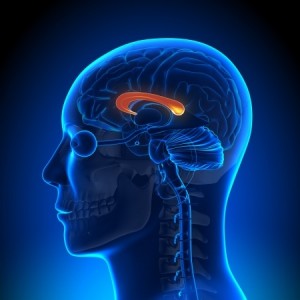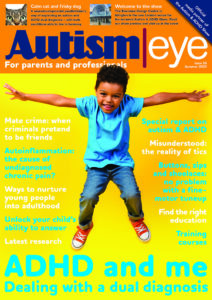Research involving girls with autism has found differences in their brains and behaviour compared to boys with the condition.

Centre of attention: the corpus callosum, the brain region found to be different in girls with autism
Researchers at UC Davis MIND Institute in California found differences in pre-schoolers’ corpus callosum. This is the region of the brain that connects the left and right hemispheres.
Biological differences
The study adds weight to the growing body of evidence suggesting that, in autism, there are underlying biological differences between boys and girls. It has been published in the Journal of Molecular Autism.
The researchers found that girls with the condition have greater social impairments than boys when they were compared with their typically developing peers.
Christine Wu Nordahl, assistant professor at UC Davis, led the research. She said: “It’s important to identify differences in underlying biology in boys and girls, because this could help us determine whether there are different etiologies of autism.
Different treatments for girls with autism?
“The findings could potentially lead to different treatments and interventions,” she said.
The study involved MRIs of the brain structure in a large sample of children aged between three and five. There were 112 boys and 27 girls with autism, and 53 boys and 29 girls with so-called ‘typical’ development
Wu Nordahl said the team found the organisation of callosal fibres was different in boys and girls with autism. This was particularly the case with fibres projecting into the frontal lobes.
The frontal lobes are involved in many aspects of functioning, including social behaviour, goal-directed behaviour and executive functioning.
Nordahl explaining the significance of this finding. She said: “Differences in the patterns of callosal fibres projecting to these areas may lead to differences in how autism manifests in boys and girls.”
Currently, autism is diagnosed more frequently in boys than in girls. While an estimated one in 42 boys has the condition, in girls the figure is one in 198.
Published: 16 May 2015















